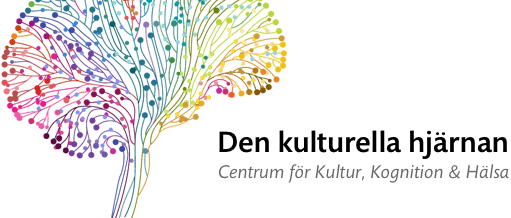Rapport om att amerikanska forskare börjat systematiskt studera hur de kan utnyttja berikad miljö för att förbättra rehabilitering efter stroke. (Janssen med flera, 2012)
Titel: Translating the use of an enriched environment poststroke from bench to bedside: study design and protocol used to test the feasibility of environmental enrichment on stroke patients in rehabilitation
Författare: Janssen, H., Ada, L., Karayanidis, F., Drysdale, K., McElduff, P., Pollack, M., White, J., Nilsson, M., Bernhardt, J., Spratt, N. J.
Publikation: Int J Stroke
Volym: 7
Nummer: 6
Sidor: 521-526
Publicerad: 2012
Sammandrag: Rationale Environmental enrichment, a paradigm investigated extensively in animal models, is an intervention, which by design facilitates motor, sensory, social, and cognitive activity. It has been shown to improve poststroke motor and cognitive function in animal models of stroke. This is the first study to attempt to translate this intervention from the laboratory to the clinical setting. Aims The overall aim of this pilot study is to test the feasibility of using environmental enrichment with stroke patients in a rehabilitation setting. The aim is to enrich the environment of stroke survivors in a rehabilitation ward and measure changes in their activity (physical, cognitive, and social activity). Design Prospective nonrandomized block design intervention study. Study In the control phase we will determine the change in activity levels of patients treated in a usual rehabilitation environment over time. In the intervention phase structured observational techniques (behavioural mapping) will be used to quantify the change in activity levels of patients exposed to environmental enrichment. Outcomes The primary outcome is change in activity level. Additional data collected on entry to and exit from the study will include: cognitive function using a battery of cognitive tests, general function using the Functional Independence Measure, mood using the Patient Health Questionnaire 9 and boredom using the Stroke Rehabilitation Boredom Survey. Quality of life will be assessed using the Assessment of Quality of Life 1 month postdischarge from rehabilitation. Australian New Zealand Clinical Trials Registry# ACTRN12611000629932.
Länk till original: http://dx.doi.org/10.1111/j.1747-4949.2011.00727.x

